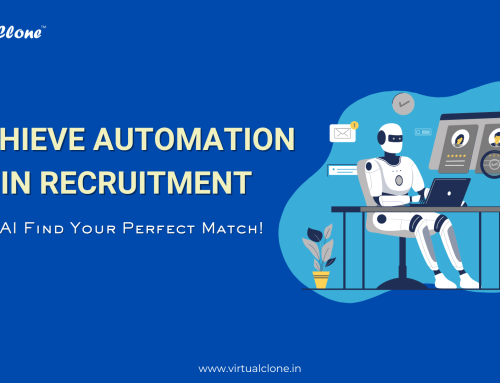Recruitment is more than just filling open positions; it’s about building a strong, cohesive team that can drive a company’s success. To help navigate the complexities of recruitment, it’s crucial to understand the do’s and don’ts that can make or break your hiring process. Here, we compare the best practices with common pitfalls to help you refine your recruitment strategy.
1. Job Descriptions: Be Specific vs. Vague

Craft Detailed Job Descriptions
A clear and comprehensive job description is the foundation of an effective recruitment process. It should detail the role’s responsibilities, required skills, qualifications, and a glimpse into the company culture. This specificity not only attracts candidates who are well-suited for the role but also sets clear expectations, reducing the likelihood of mismatched expectations.
Don’t Use Vague or Generic Descriptions
Avoid generic job descriptions that fail to convey the specifics of the role. Vague descriptions can attract a wide range of candidates, many of whom may not be a good fit. This can lead to wasted time sifting through unsuitable applications and a longer recruitment process. A well-defined job description acts as a filter, attracting only those who meet the criteria.
2. Candidate Experience: Do’s and Don’ts

Prioritize a Positive Candidate Experience
The way you treat candidates during the recruitment process reflects your company’s values and can significantly impact your reputation. Ensure that communication is clear and timely, and provide feedback where possible. A positive experience leaves candidates with a good impression of your company, even if they aren’t selected, and can turn them into advocates for your brand.
Don’t Neglect Candidate Communication
Ignoring or delaying communication with candidates can lead to frustration and a negative perception of your company. It’s essential to keep candidates informed about their status in the process. Poor communication not only harms your employer’s brand but can also result in losing out on top talent who may accept offers elsewhere due to a lack of timely responses.
3. Interview Process: Do’s and Don’ts

Use Structured Interviews
Structured interviews, where each candidate is asked the same set of questions, help ensure a fair and consistent evaluation process. This method minimizes bias and allows for better comparison between candidates. It also helps interviewers focus on the skills and competencies that are most relevant to the role.
Don’t Conduct Unstructured Interviews
Unstructured interviews can lead to inconsistent evaluations and may introduce biases. Without a clear framework, interviewers might focus on subjective criteria or fail to gather comparable data across candidates. This can result in hiring decisions that are not based on objective assessment, potentially leading to poor job performance or fit.
4. Use of Technology: Embrace vs. Avoid

Leverage Recruitment Technology
Utilizing technology such as Applicant Tracking Systems (ATS), resume screening tools, and automated interview scheduling can streamline the recruitment process. These tools not only save time but also help in maintaining an organized and efficient workflow. Automation can handle repetitive tasks, allowing recruiters to focus on more strategic activities like interviewing and candidate engagement.
Don’t Rely Solely on Manual Processes
Relying entirely on manual processes can be time-consuming and error-prone. Manual screening and scheduling can lead to inconsistencies and missed opportunities. In today’s digital age, failing to use technology in recruitment can also make your company appear outdated, potentially deterring tech-savvy candidates.
5. Cultural Fit: Align vs. Overlook

Focus on Cultural Fit
Hiring for cultural fit involves selecting candidates who align with your company’s values and work environment. This alignment can lead to higher job satisfaction, better teamwork, and lower turnover rates. When candidates feel connected to the company culture, they are more likely to stay longer and be more engaged in their work.
Don’t Overlook Cultural Fit
Focusing solely on technical skills without considering cultural fit can lead to higher employee turnover and dissatisfaction. A mismatch in values and work style can result in poor teamwork and conflict, which ultimately affects productivity and morale. It’s important to assess whether a candidate will thrive in your company’s environment.
Conclusion
Recruitment is a critical process that requires careful planning and execution. By adhering to these do’s and don’ts, you can enhance your recruitment strategy, attract the right talent, and build a team that is well-suited to your company’s goals and values. Remember, effective recruitment is not just about filling vacancies; it’s about laying the foundation for a thriving and productive workforce. Happy hiring!






